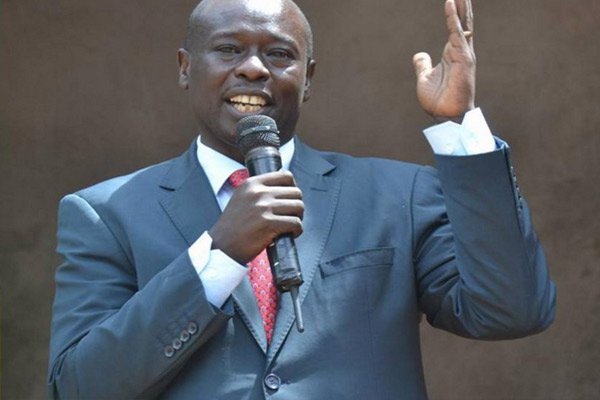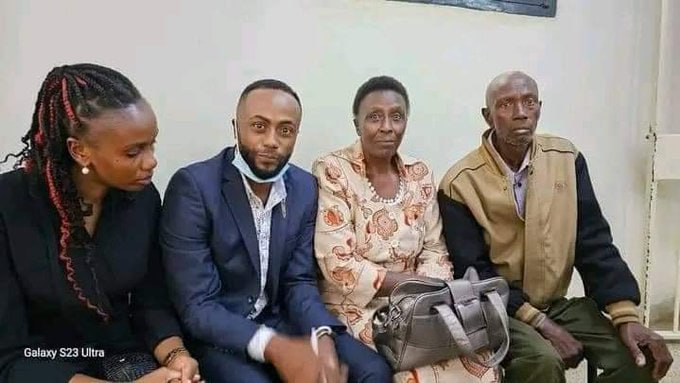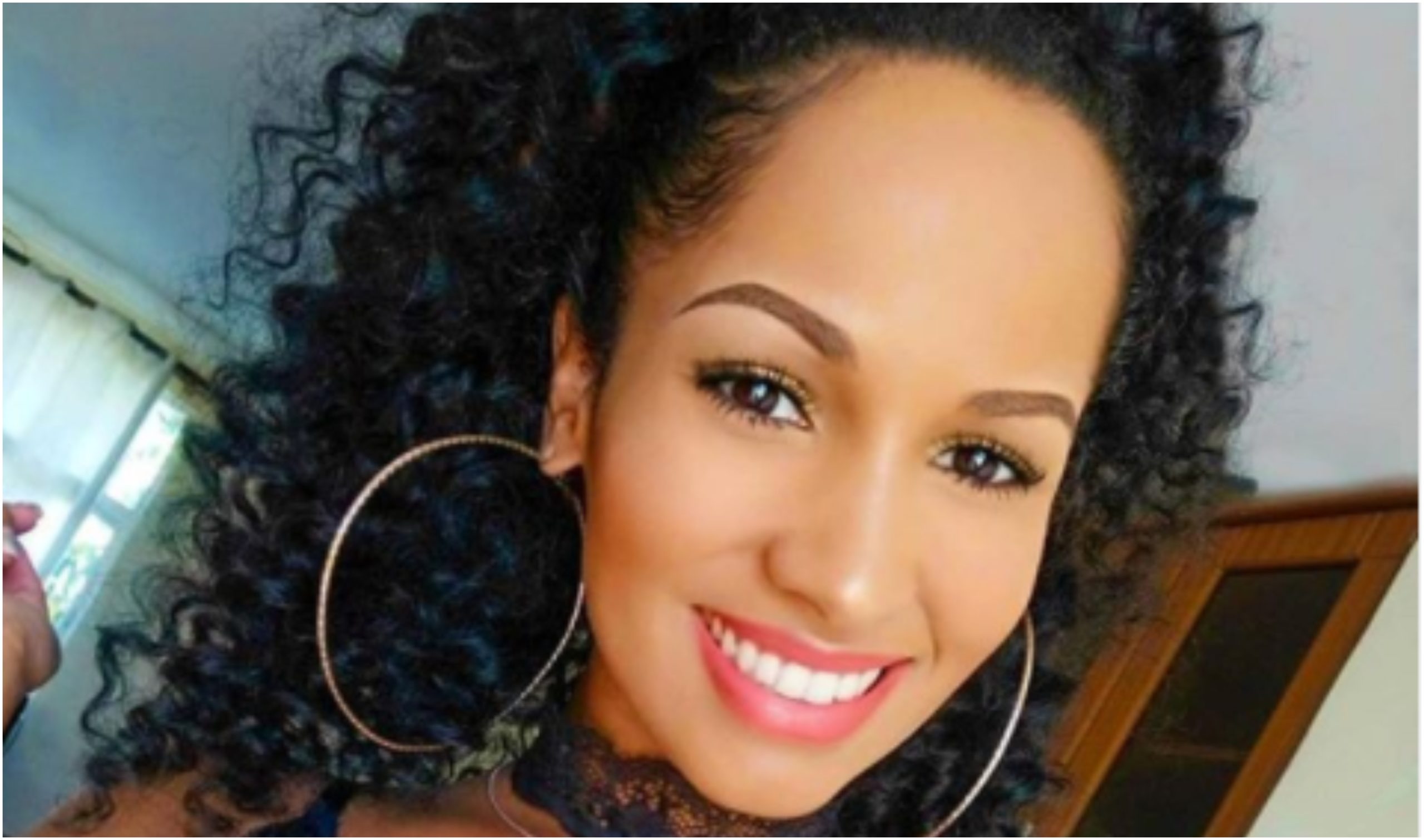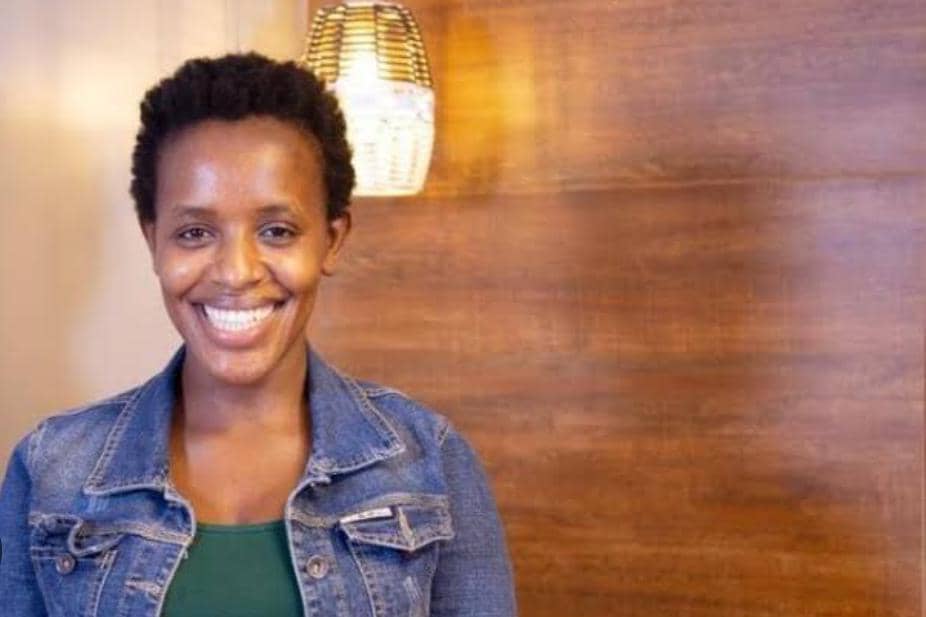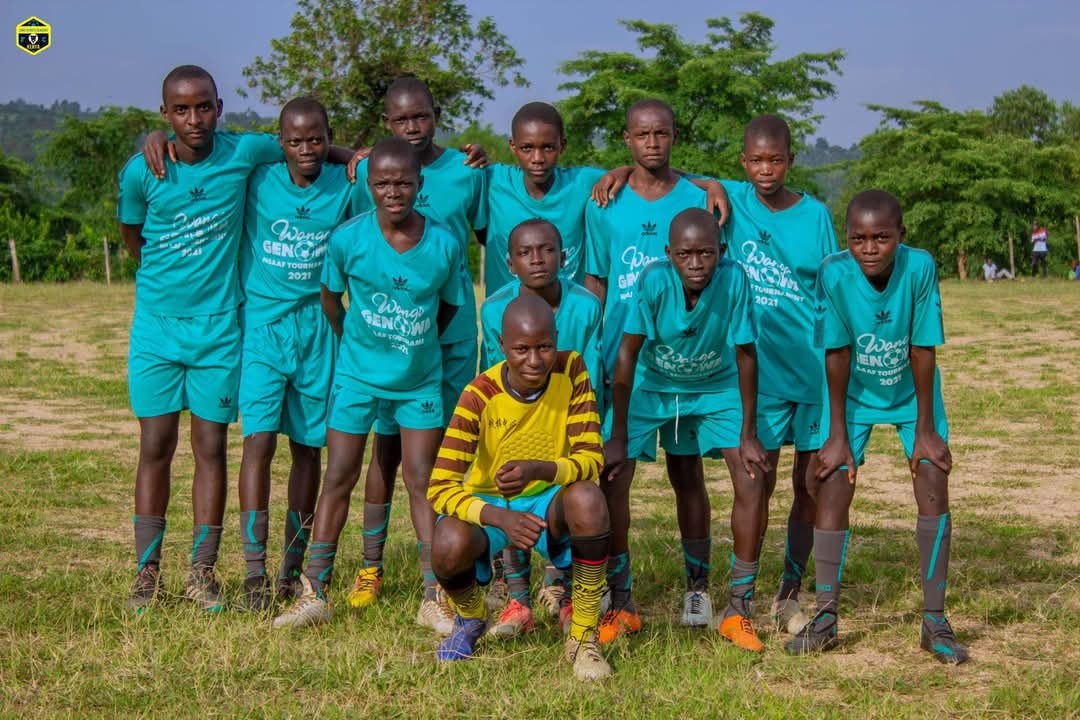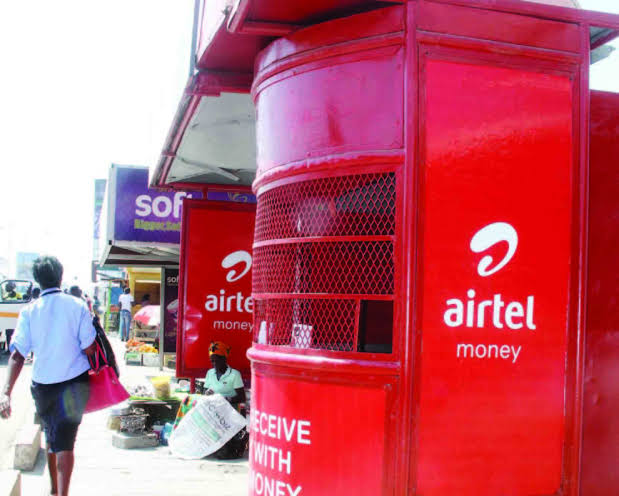Silent Struggles: The Hidden Lives of Intersex Kenyans and the Fight for Dignity
At 35, John (not his real name) from Kisii County continues to live with emotional scars from a life marked by confusion, rejection, and stigma. Born intersex, John’s early years were shrouded in secrecy and shame—mostly due to societal expectations and a healthcare system that didn’t know how to handle someone like him.
“I always felt different growing up, but I didn’t have the language or understanding to explain what I was going through,” he recalls.
John spent his childhood hiding—not just from curious peers and puzzled relatives, but from himself. Doctors were unsure how to categorize his body, and while some assured his family that things would “normalize with time,” others hastily proposed surgery without proper explanations.
His first encounter with the healthcare system as an adult seeking sexual and reproductive health services (SRHR) was humiliating. Filling out a patient form became a traumatic experience, particularly at the gender section. When he tried to explain his situation, the nurse whispered to a colleague, and soon, John found himself the center of unwanted attention from a group of staff who stared as though he were an anomaly.
“I left before I could be treated. The humiliation was unbearable,” he says.
That experience was not an isolated one. Since then, John has endured repeated trauma at the hands of an ill-equipped healthcare system. Some doctors have pressured him to “pick a side” when it comes to gender, while others have suggested unnecessary procedures with no regard for his wellbeing.
“Routine check-ups feel more like interrogations,” John says. “The system isn’t designed for people like me.”
Healthcare workers near his home have at times advised him to seek help in Nairobi—over 30 kilometers away—without considering whether he can afford the journey.
This constant stress and discrimination have affected every aspect of his life, from his ability to work and form relationships, to his hope for a future where he doesn’t have to fight for basic respect.
John highlights a pressing need for SRHR services tailored to intersex individuals—like counseling, hormone therapy, and reproductive health education. “These services are either non-existent or delivered with judgment and whispers,” he says.
He emphasizes that intersex people are human beings deserving of understanding and care. “We need love, not pity,” he says.
A Mother’s Dilemma
Mary, another Kisii County resident, faced her own confusion and fear when she gave birth to her first child. The joy of holding her baby was quickly replaced with worry when doctors hesitated to assign a gender, citing ambiguous genitalia and the need for more tests.
“I was overwhelmed. The doctors recommended surgery, but I didn’t know what the right choice was,” she says.
Like many parents of intersex children, Mary was pressured into making life-altering decisions with minimal information or support. Conflicting advice from medical professionals only made things harder.
Counting the Invisible
In the 2019 national census, the Kenya National Bureau of Statistics (KNBS) officially recorded 1,524 intersex persons. Nairobi led with 245, followed by Kiambu (135), and Nakuru (95). Kisii County, though not among the top, reported 38 intersex individuals—including a seven-month-old baby.
However, human rights organizations argue that the numbers are severely underreported. The Child Rights International Network estimates about 20,000 intersex individuals in Kenya, while the Kenya National Commission on Human Rights (KNCHR) suggests the figure could be as high as 1.4 million.
Frankline Robert Kibagendi, an advocate with the Intersex Kenya Education and Advocacy group, says the country still lacks reliable data on intersex individuals.
“We need updated research to understand the actual number and challenges facing this community,” he says. Kibagendi notes that SRHR conversations in Kenya often overlook the needs of intersex people, focusing predominantly on women.
Cultural Roots and Misconceptions
In Kisii culture, intersex individuals—historically referred to as Ekerina—have long been misunderstood. Many families hid their intersex children due to shame and fear, believing they were cursed. Children were often dressed in ways that masked their gender identity to protect them from scrutiny.
However, not all traditions were rooted in stigma. Some families saw intersex individuals as special, even assigning them sacred roles such as prophets, rainmakers, or spiritual leaders. According to Samwel Bosire, Secretary General of the Abagusii Council of Elders, their presence was considered a sign of blessing, and it was customary to offer them gifts as a mark of respect.
“While there is growing recognition of inclusivity, stigma still persists, forcing many intersex individuals into silence,” Bosire says.
Overlooked Health Needs
Kibagendi highlights a rarely discussed issue—menstrual hygiene. Many intersex students face the same challenges as their peers, but lack the appropriate products or guidance.
“There are no specialized menstrual products for intersex bodies, and what exists is unaffordable or hard to find,” he explains.
While Kenya now allows for intersex identification at birth, this policy shift has not translated into inclusive healthcare. Most health workers lack the training to handle intersex cases, and existing national medical guidelines are poorly enforced.
“This leads to inconsistent care and a risk of medical malpractice,” Kibagendi warns.
Legal Progress, Policy Gaps
Dennis Anyoka, a High Court advocate, acknowledges Kenya’s legal progress. Article 27 of the Constitution guarantees equality and freedom from discrimination—provisions interpreted to cover intersex individuals.
The 2022 Children’s Act formally recognized intersex as a third gender, making Kenya the first African country to do so. It mandates equal access to essential services, including healthcare.
However, Anyoka stresses the need for clear protocols and policies tailored to intersex healthcare. “Without implementation, rights exist only on paper,” he cautions.
Ronald Nyakweba, Kisii County’s CEC for Health, points to national policies such as the Reproductive Health Policy 2022–2032 as evidence of the government’s commitment. He also highlights the upcoming Intersex Persons Bill, 2024, which aims to solidify legal protections for intersex people—granting them access to justice, education, health, and employment.
Looking Ahead
A 2018 taskforce found that the biggest barriers intersex individuals face include a lack of trained professionals and the cost of specialized care. While there’s little data on county-level investment, national initiatives—like the inclusion of intersex persons in the census—signal a shift toward better recognition.
Still, many intersex Kenyans like John and Mary are left navigating a system that is only just beginning to understand them.
“We don’t want to be fixed,” says John. “We want to be accepted, supported, and treated with dignity.”

